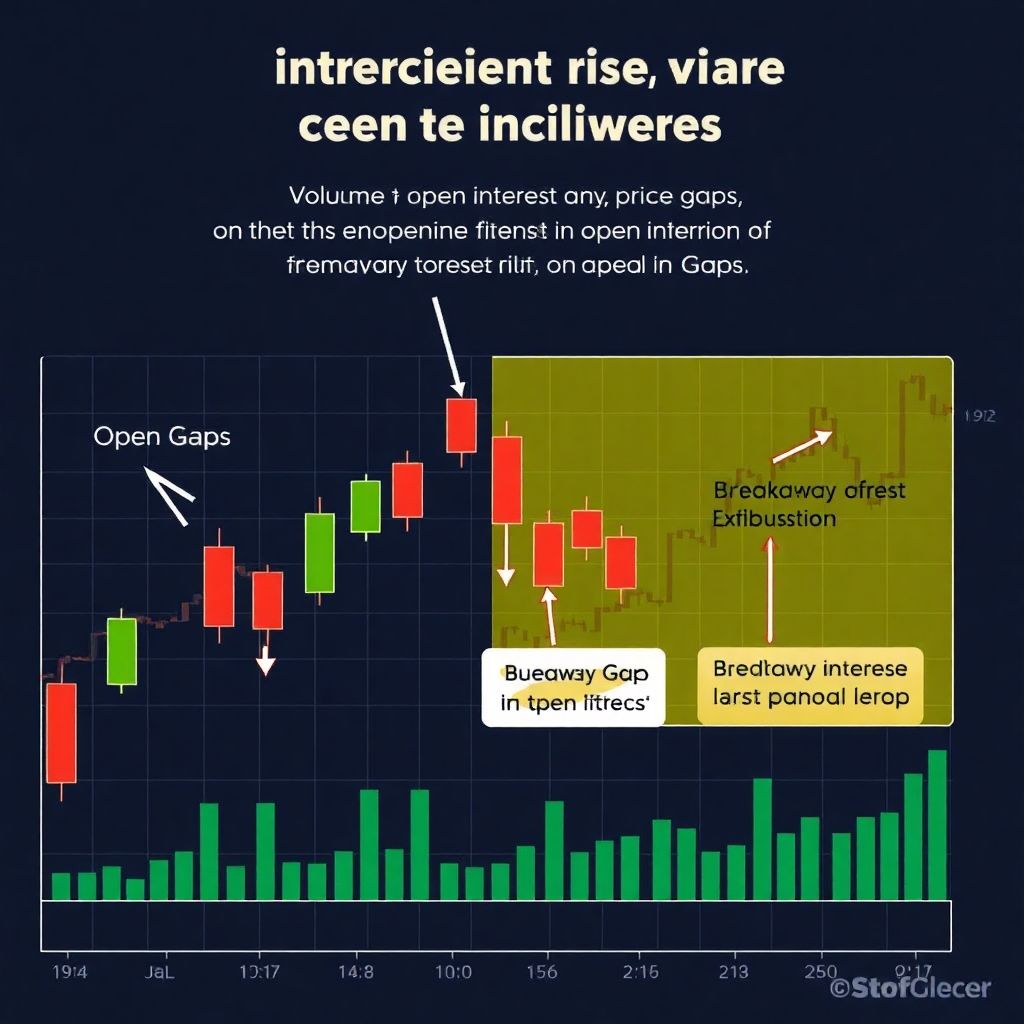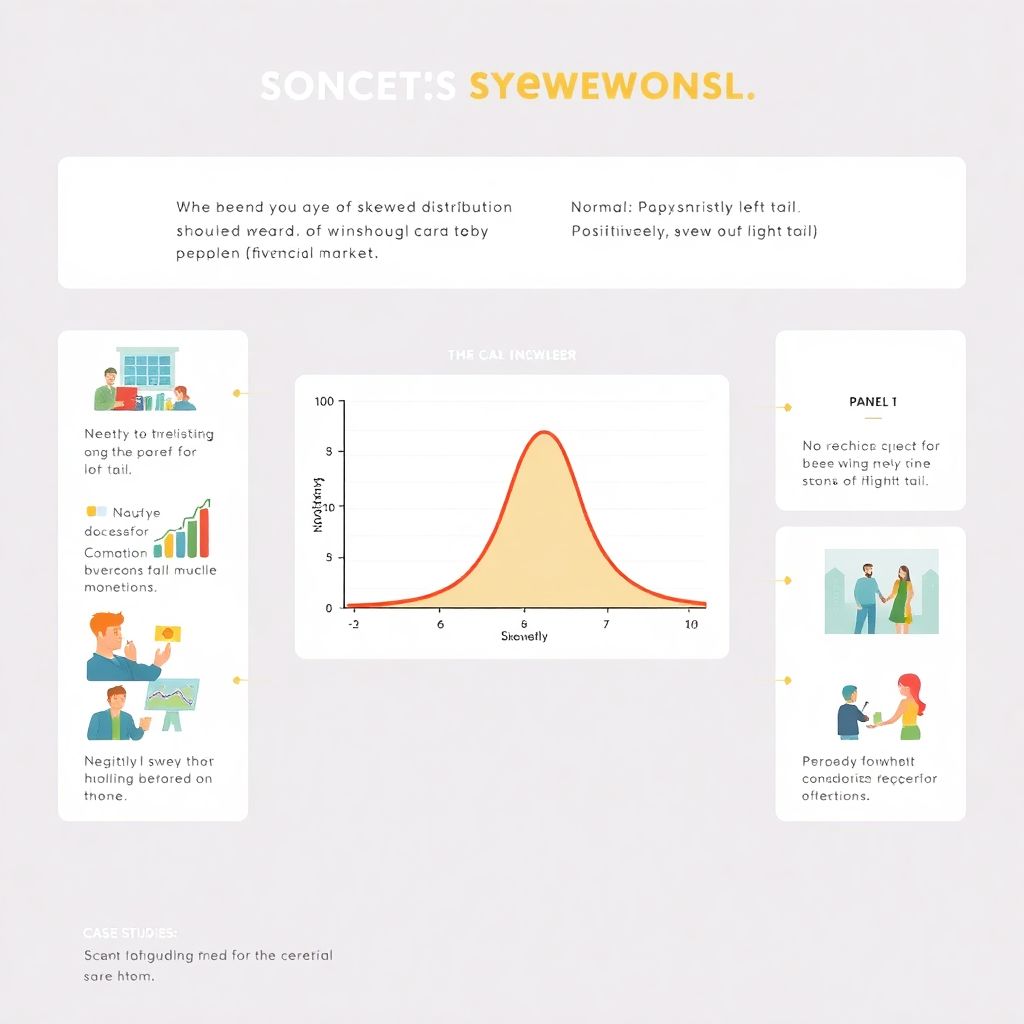Category: Open Interest & Options
-

Skew surfaces in equities: key insights for traders to enhance market strategies
Understanding Skew Surfaces in Equities: Insights for Traders In the ever-evolving landscape of equity derivatives, the concept of skew surfaces has become a vital tool for traders seeking to interpret market sentiment and price risk accurately. As we step into 2025, skew surfaces are no longer just a theoretical construct—they are actively shaping trading strategies,…
-

Oi heatmaps by sector help visualize market rotations and investor sentiment shifts
Historical Background Before the digital revolution took over the financial world, spotting sector rotations was more art than science. Traders relied heavily on news flow, gut instinct, and rudimentary moving averages. The concept of sector rotation itself isn’t new—it dates back to early technical analysis theories from the 1930s, where market cycles were loosely tied…
-

Weekend liquidity and liquidity pool flows explained in a comprehensive overview
Understanding Weekend Liquidity Dynamics in Decentralized Markets Weekend Liquidity: A Volatile Window in DeFi Activity Decentralized Finance (DeFi) markets have demonstrated significant variance in liquidity levels depending on the day of the week, with weekends emerging as a distinct period of reduced depth and heightened slippage. As of early 2025, numerous on-chain analytics tools, including…
-

Volatility dynamics in event-driven months explained in a practical guide for traders
Historical Background Understanding volatility dynamics during event-driven months isn’t a new concept, but it’s gained significant traction in recent market cycles. Historically, periods around major geopolitical events, central bank decisions, and earnings seasons have shown spikes in implied and realized volatility. For example, the Brexit referendum in 2016 and the U.S. presidential elections in 2020…
-

Oi flow reversals: detect market shifts early before price movements begin
OI Flow Reversals: Detecting Shifts Before Prices Move Understanding the Role of Open Interest Flow In the context of derivatives and futures trading, Open Interest (OI) is a critical indicator that reflects the total number of outstanding derivative contracts not yet settled. While price and volume often capture the spotlight, OI offers deeper insight into…
-

Volatility compression and expansion in trading: how to time the market move
Understanding Volatility Compression and Expansion Conceptual Framework Volatility compression and expansion are cyclical phenomena observed in financial markets, particularly in the pricing behavior of equities, options, and currencies. Volatility compression refers to a phase where price fluctuations become increasingly narrow and trading ranges tighten, often forming technical patterns such as triangles, pennants, or flags. Conversely,…
-

Tactical asset allocation strategies using quick narratives for smarter investments
Understanding Narratives in Tactical Asset Allocation: Quick Guide for 2025 Tactical Asset Allocation (TAA) isn’t just about numbers and charts anymore. In 2025, successful investors are increasingly leaning on narratives—coherent, data-backed stories that explain market behavior and guide portfolio decisions. This article will walk you through how to integrate narratives into your TAA strategy quickly…
-

Skew adjustments for delta-gamma neutral portfolios in options risk management strategies
Understanding Delta-Gamma Neutral Portfolios A delta-gamma neutral portfolio is a hedging construct designed to minimize sensitivity to small and moderately large moves in the underlying asset. Delta neutrality implies zero first-order exposure to price changes, while gamma neutrality eliminates second-order price sensitivity. Combined, these characteristics aim to stabilize portfolio value across a range of market…
-

Open interest and price gaps help predict potential breakaway movements in the market
Understanding Open Interest and Price Gaps Open interest and price gaps are two powerful indicators used by traders to anticipate potential breakaway moves in the financial markets. Open interest reflects the number of outstanding derivative contracts—such as futures or options—that are yet to be settled. On the other hand, price gaps occur when there’s a…
-

Skew persistence across assets analyzed in a comparative study of market behavior
What Is Skewness and Why Should You Care? Let’s start with the basics. Skewness in financial markets refers to the asymmetry in the distribution of asset returns. In simple terms, it’s about whether the returns of an asset tend to lean more to the left (negative skew) or to the right (positive skew). If you’ve…
